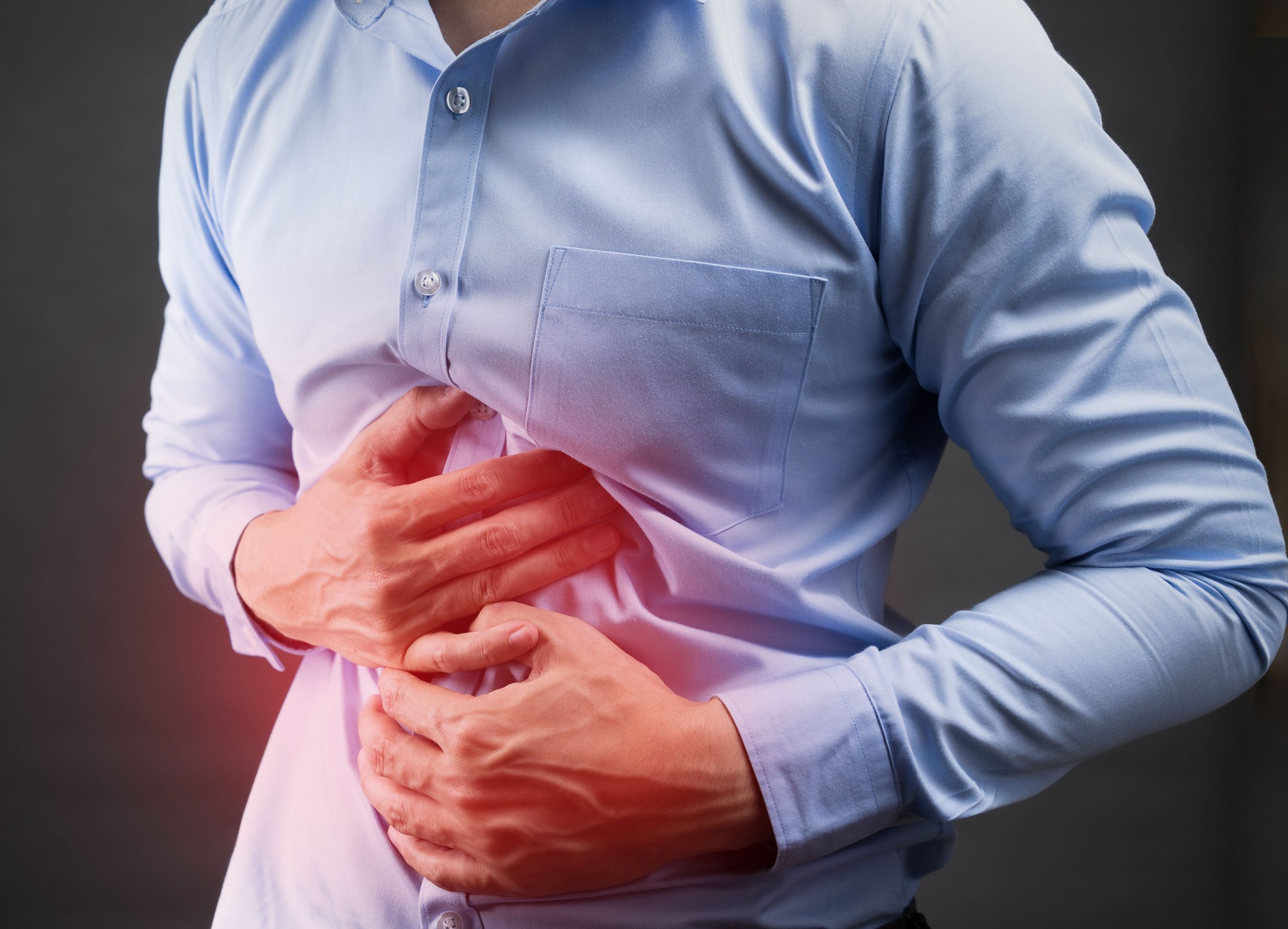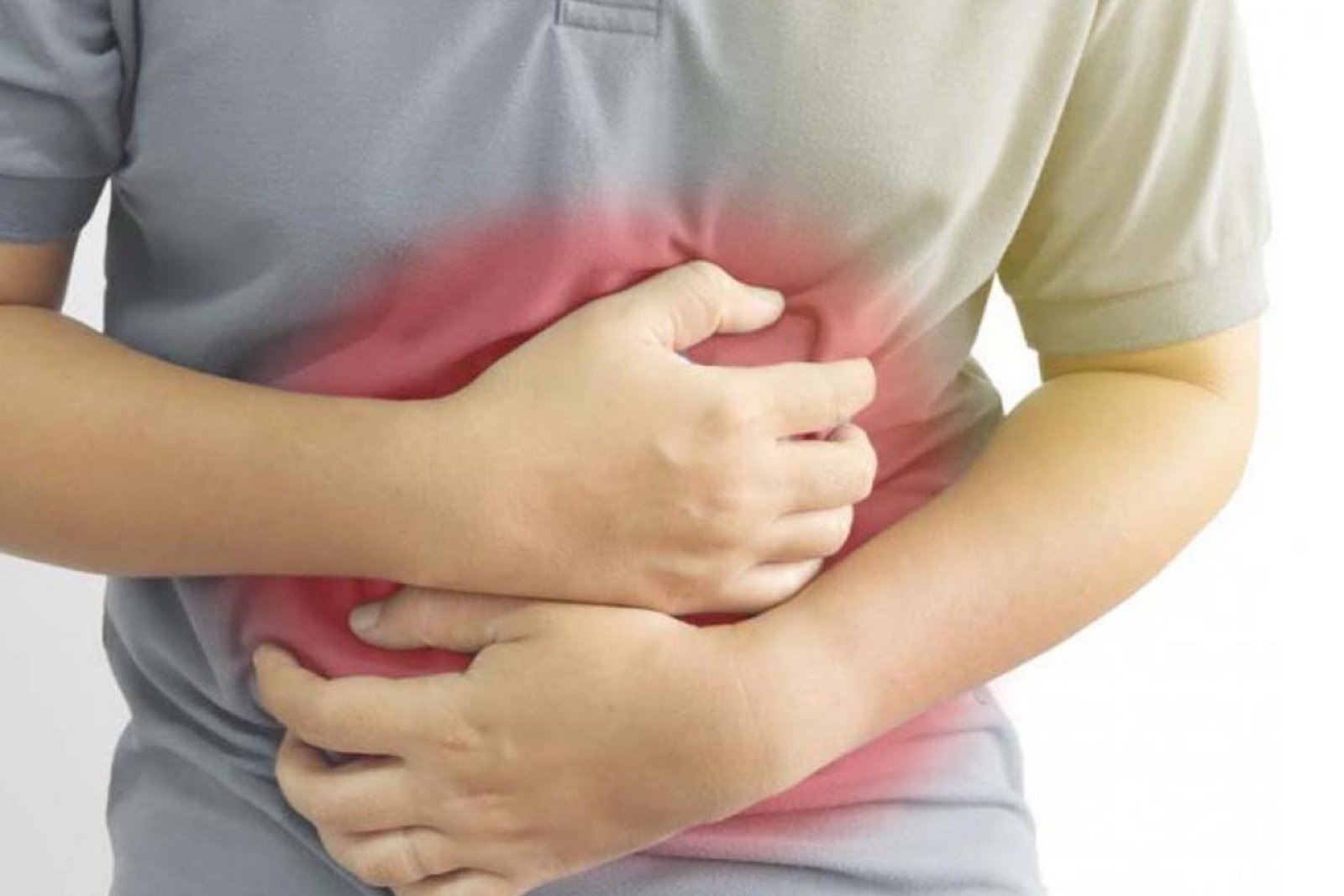Pain associated with eating appears to be most common in young people aged 18 to 28, with 15% affected, according to the study.Those who had frequent abdominal meal-related pain were also more likely to have bloating, a swollen stomach, feeling too full after eating or feeling full too quickly, constipation, and diarrhoea.
The same group also experienced more severe psychological distress and physical symptoms (that were not gastrointestinal).
Anxiety was reported by 36% of those who experienced frequent meal-related pain, 25% of those who experienced occasional symptoms, and 18% of those who never experienced meal-related pain. Those who had frequent attacks also had a higher rate of depression (35%), compared to 24% in the occasional symptom group and 17% in the group that never had meal-related pain.According to the Rome Foundation Global Epidemiology study,[2] the findings were based on an online survey of 54,127 people from 26 countries. Respondents were asked if they had stomach pain and if it was related to eating. They were divided into three groups: those who said their abdominal pain was more than 50% of the time, those who had occasional meal-related pain between 10% and 40% of the time, and those who rarely or never had meal-related pain.
According to Esther Colomier, study author and joint PhD researcher at KU Leuven, Belgium, and the University of Gothenburg, Sweden, “the take home message from this study is that people who experience meal-related abdominal pain have a higher frequency of other gastrointestinal symptoms and more frequently meet criteria for disorders of the gut brain interactions (DGBIs, formerly known as functio“They also have a higher burden of psychological and somatic symptoms, such as back pain or shortness of breath, which are associated with significant distress and functioning issues.

“These symptoms cause distress and disruption in everyday life,” she added. Lower gastrointestinal symptoms such as constipation and diarrhoea were reported by 30% of those who reported frequent meal-related pain, 20% of those who reported occasional symptoms, and 10% of those who reported no symptoms at all. The same was true for bloating and abdominal distension symptoms, which were reported as frequently as once a week in the group that had frequent meal pain, compared to two or three days a month in the group that had occasional pain and one day a month in the group that had no symptoms.
“Considering meal-related symptoms in future diagnostic criteria for DGBIs should be encouraged,” Esther Colomier concluded. In clinical practise, assessing meal association in all DGBI patients could be critical for improving and personalising treatment. Patients may benefit from a multidisciplinary approach to care, which may include dietary and lifestyle advice, psychological support, and pharmacological therapy.
Professor Ami Sperber, the lead author of the 2021 Global Epidemiology Study of Functional Gastrointestinal Disorders (FGIDs), which discovered that 40% of people worldwide have FGIDs or disorders of the gut/brain axis, said Ms Colomier’s study findings were very interesting.“Many patients with gut-brain interactions (DGBI) disorders, such as irritable bowel syndrome and functional dyspepsia, attribute their symptoms to food and eating,” Professor Sperber explained.

“A common complaint is the development of pain after meals. However, despite its potential importance for patient care and the study of the pathophysiology of these disorders, there is no substantive data on this phenomenon.” “This is the first study to use the Rome Foundation Global Epidemiology Study’s large database to gain insight into meal-related abdominal pain and its significance. The authors’ analyses of this database allowed them to assess meal-related pain in over 20 DGBI in terms of diagnosis and potential associations with socio-demographic factors, psychosocial variables, and other variables.” “This has enabled Esther Colomier and her team to present a comprehensive picture of meal-related abdominal pain, its prevalence, societal burden, and impact on the quality of life of patients suffering from these extremely common disorders.”
____________
Abdominal | Don’t forget to follow us on Twitter @njtimesofficial. To get the latest updates





